John Watson
Bringing organic modernism to Austin
John Watson is one of Austin's more interesting architects. While not strictly a modernist, he is a practitioner of organic architecture an offshoot of modernism. His work is reminiscent of John Lautner (though more organic) not surprising as they both studied under Frank Lloyd Wright in his later years. For reference, Watson studied under Wright beginning in 1954, while the construction of the Guggenheim (designed by Wright) began in 1956. Perhaps the biggest influence in his work comes from right here in Austin. In the 1960's he discovered the Westcave grotto near Hamilton Pool. The Westcave preserve website describes the impact as such;
Watson describes Hamilton Pool as Roman—on a grand scale—and Westcave Preserve’s grotto as more Grecian—smaller and feminine. He also observed and learned from the light and shadows on the two grottos and how the day starts and ends at both, noting how different they are because Westcave’s waterfall is at the west end of a short canyon, and Hamilton Pool’s is at the east end of its canyon. Westcave’s grotto had become not only a place of recreation for Watson, but also “filled a great void in my architectural life.”
Below is a biography of John Watson via AustinTexas.gov A brief autobiography of John Watson can be found here as well.
John Covert Watson, born in 1929 in Austin, graduated from Austin High School. He holds a degree from The University of Texas in architecture. His work as he defines it is in "organic architecture," and he is inspired by natural forms. Care for and work with the natural environment has shaped his career. His firm is Biostructures, Inc.
Mr. Watson apprenticed with the legendary Frank Lloyd Wright in 1954 - an experience that Mr. Watson says "changed my life," since it confirmed what he did not like about architecture and showed him how to work with nature. Mr. Wright observed, "an architect is a prophet in the realm of nature." Mr. Watson said that he could not constantly build conventional structures; his work is more "inventive," in design and necessarily in building techniques.
He has designed and built homes in and around Austin including the Nautilus residence on Lake Travis, the Mushroom House at Lakeway on Lake Travis, the Grotto Dome on Spillar Lane, and his own home on Redbud Trail. He designed a complex at Lick Creek Ranch with the unique splayed roofs. Architect and builder Peter Dick who collaborated with Mr. Watson, noted that they were "forced to invent technology for that project as it progressed," but that has been true with all of Mr. Watson's pioneering work. His work for Dell Children's Hospital earned the LEED (Leadership in Energy and Environmental Design) award this year for "internationally recognized design, construction and operation of high performance green buildings." Mr. Watson also works with the Scanlan Project in Santa Fe, where city building codes caused him to experiment with new building forms and techniques.
His commitment to the natural world was also demonstrated in 1974 when he purchased twenty-six acres of a highly sensitive canyon land west of Austin. A non-profit he created in 1976 continues to keep the Westlake Preserve safe but open to visitors.


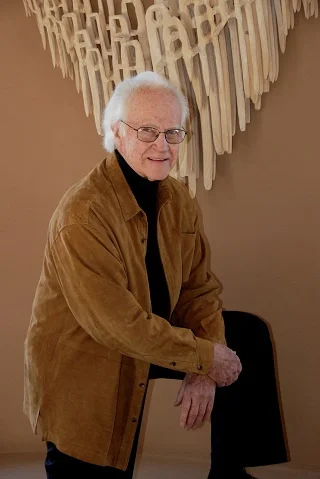
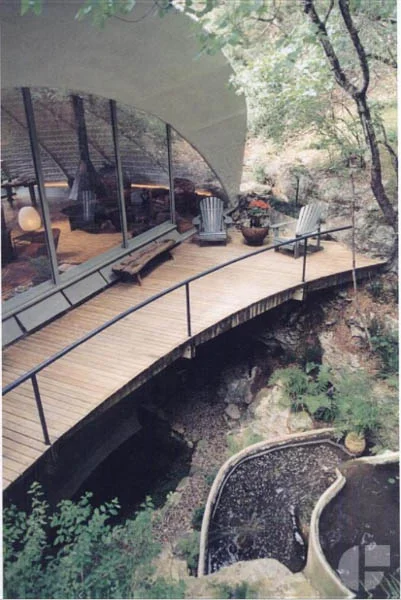
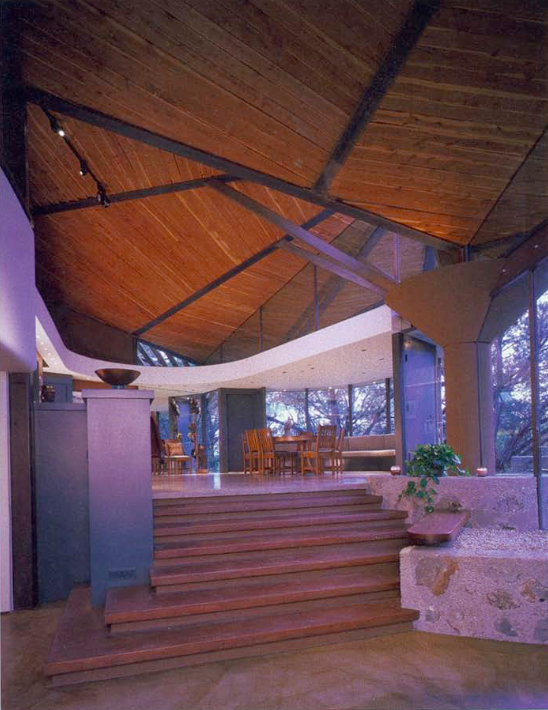
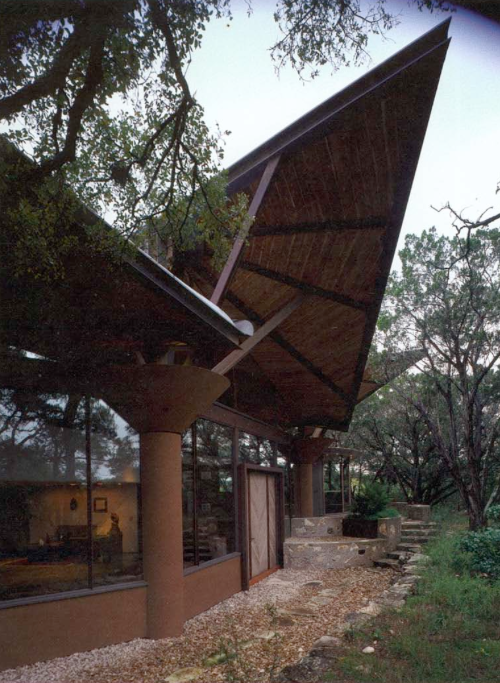
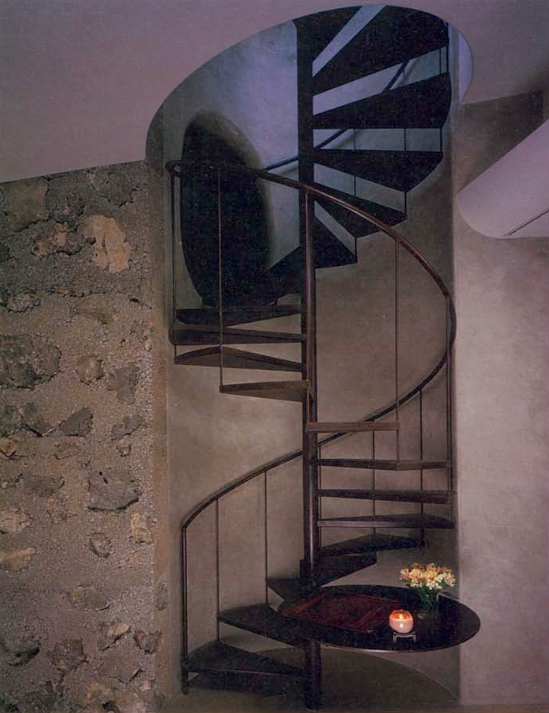
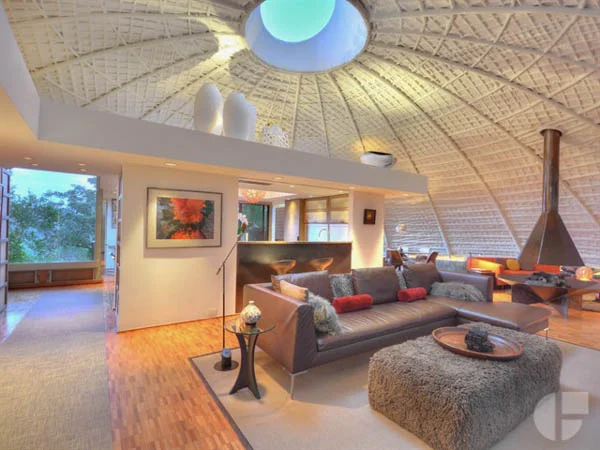
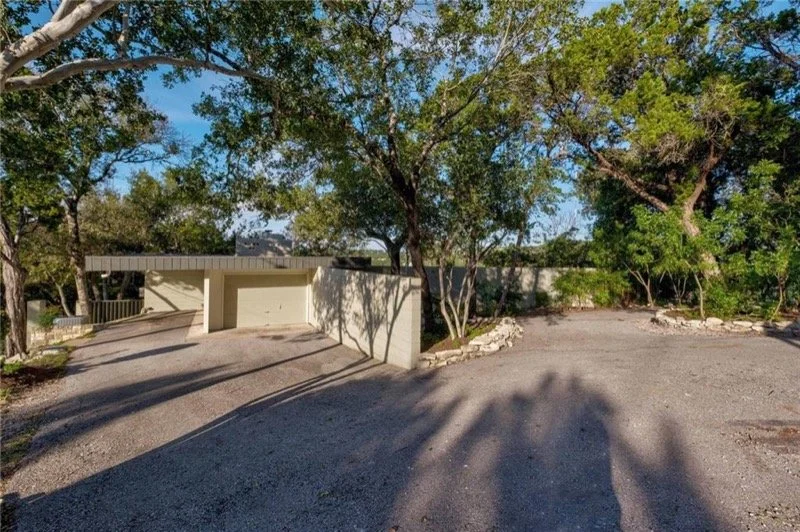
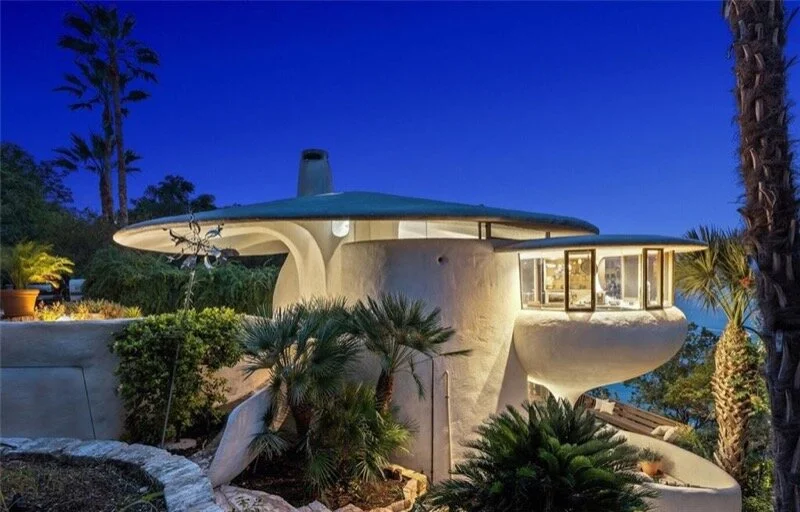





I adore this project designed by John Watson. It’s a legendary house also known as The Retreat at Lick Creek Lodge and I did a pretty thorough write up about last year. Then it was available off market, now it is on MLS and headed to some sort of no reserve auction. Seems like a bit of a sad story for such an incredible home but hopefully it gets a new owner that loves it as much as it deserves.
Price: $13,500,000
Details: 12,000 sf, 5 Bed, 10 Bath